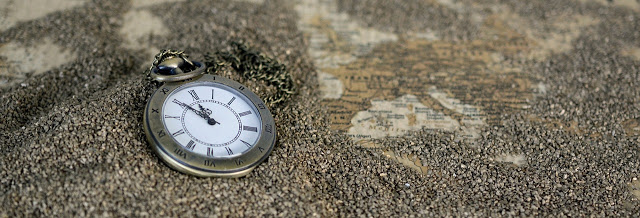
Possible options to make time animations using available maps in Power BI are:
- Use of time slicers, time sliders, other UI temporal controls that would help to interact with existing maps within your reports;
- Change filter values of your dataset time-related attributes (but very quickly :-), it won't be a legit animation though).
- Or use a time animation option of the ArcGIS Map for Power BI.
This particular feature of the ArcGIS Map is often overlooked. Or sometimes, Power BI developers are aware that this mapping functionality does exist there, however, it is still missed in data visualization storytelling. Let's try to explore and become more familiar with this feature of the ArcGIS.
Data
For this example, I will be using an open data set of the Ottawa OC Transpo transit company: http://www.octranspo.com/developers, with bus schedules data (bus routes, stop locations, trips for a particular day). In most cases, major cities present this type of data in the General Transit Feed Specification (GTFS) format.
OC Transpo GTFS data is a combination of 7 flat files:
- agency.txt
- calendar.txt
- calendar_dates.txt
- routes.txt
- stop_times.txt
- stops.txt
- trips.txt
Data Model
Those seven files get extracted and become a data model of my Power BI report:
Map Visualization
By using stop_lat and stop_lan geo-coordinates from the stops table, I plot OC Transpo bus stops on my map of Ottawa (capital city of Canada).
I can add the arrival_time column of the stop_times table to the Time fields of the ArcGIS Map visualization, yes, it exists there! Technically you can use Time or DateTime data type fields of your dataset to see it changes over time. The time slider appears as an animation control overlaid on the map. 
And here is the easy tricky part, when you click Play button, the animation shows features on the map in the current time interval. The time slider divides the time data into 10 intervals. When the animation plays, each interval is shown on the map for two seconds. You can also use Pause, Next and Previous buttons to control your time visualization.
Here is a brief glimpse of how it works through a simple animated gif visualization. Please try this with your Power BI report, it's fun! This animated map is now showing me a density of bus stops within a time period that I selected, or I can choose another scenario as well.

This note comes form the official ESRI web site:
So, now you have a way to see your Power BI maps live and moving!
However, it still doesn't resemble a similar more smooth experience if you had built the same map visualization using Power Map (3D Map) in Excel. Back in 2016, I created this visualization for the SQL Saturday training event in Ottawa, using only Excel application and a similar open dataset; this tool has a way to create an MP4 video file, which later I uploaded to YouTube. Unfortunately, this visualization is not available in Power BI and I have doubts if it ever will be there.
Conclusion:
So at the moment, you're given with options to rely on a manual changing of your existing Power BI report filter values, or let the ArcGIS map to automatically move through the time of your dataset, or possibly create a new data visualization in the Power Map in Excel (the latter has not been updated for a long while though).
Final decisions are always yours!


